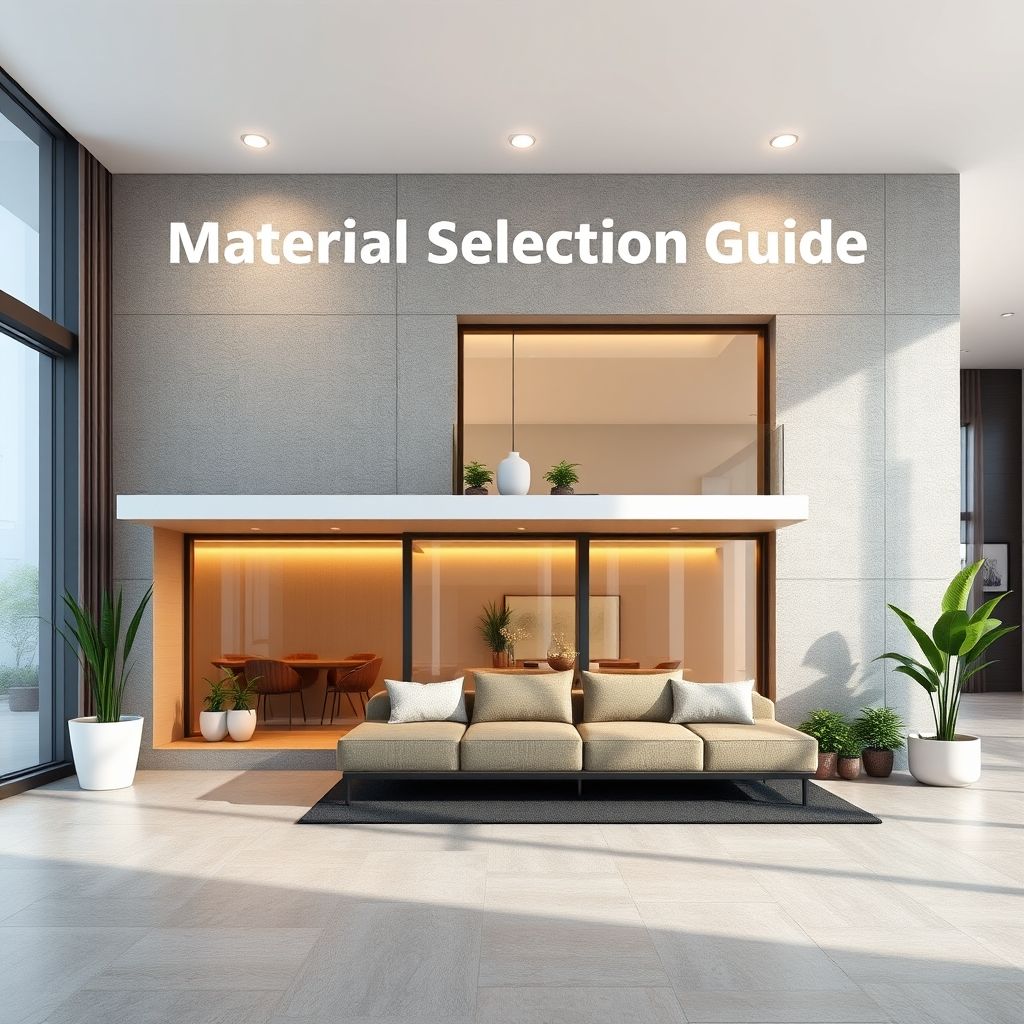Welcome to our comprehensive material selection guide for waterproofing and moisture control in various Australian climates. As a homeowner or Tradie in Sheffield, understanding the unique challenges posed by different climates is essential for ensuring the longevity and efficiency of your waterproofing solutions. In this article, we’ll explore three main sections, each focusing on a distinct climate zone and offering practical advice on materials, installation techniques, and cost estimates.
Tropical and Temperate Climates
In regions with high rainfall and humidity, materials that can handle moisture and withstand frequent wetting and drying are essential.
- – **Roofing**: Choose materials with high water resistance, such as Colorbond steel or terracotta tiles. These materials are durable and can withstand the harsh Australian climate.
- – **Walls**: Use brick veneer or concrete block walls with a waterproof membrane, as they are suitable for areas with heavy rainfall.
- – **Flooring**: Opt for tiles or waterproof vinyl for your flooring, as they are resistant to moisture and easy to clean.
Arid and Semi-Arid Climates
In drier regions, protecting against moisture intrusion becomes more about managing condensation and preventing water ingress.
- – **Roofing**: Colorbond steel or concrete tiles are also suitable for arid and semi-arid climates due to their durability and low maintenance requirements.
- – **Walls**: Use materials like rendered brick or synthetic stucco, which are breathable and allow for moisture escape.
- – **Flooring**: Engineered hardwood, laminate, or linoleum are good choices for flooring in these regions, as they are less susceptible to moisture damage.
Alpine and Cool Temperate Climates
In colder climates, materials that can withstand freezing temperatures and snow are key to maintaining a moisture-free home.
- – **Roofing**: Metal roofing, such as Colorbond steel or zinc, is ideal for alpine and cool temperate regions due to its resistance to snow and ice damage.
- – **Walls**: Insulated brick veneer or rendered masonry walls are suitable for these climates, as they help retain warmth and prevent moisture ingress.
- – **Flooring**: Use engineered hardwood, laminate, or carpet in these regions, as they offer good insulation and are less susceptible to moisture damage.
FAQs
Q: What is the best material for waterproofing a balcony in tropical Australia?
A: In tropical regions, consider using a waterproof membrane, such as a rubberized asphalt or bitumen sheet, along with tile or stone flooring for a durable and moisture-resistant balcony.
Q: How often should I inspect my home’s waterproofing and moisture control systems in arid Australia?
A: In arid regions, it is recommended to inspect your home’s waterproofing and moisture control systems annually to ensure their continued effectiveness.
Q: What are some signs of moisture problems in cool temperate climates?
A: Signs of moisture problems in cool temperate climates include peeling paint, mould growth, musty odours, and condensation on windows or walls.
With this comprehensive guide, Tradies in Sheffield and homeowners across Australia can make informed decisions about the materials they use for waterproofing and moisture control in various climates. By understanding the unique challenges posed by each climate, you can ensure that your projects are successful, durable, and cost-effective.
Contact a trusted residential building service today to learn more about project timelines and cost estimates for your waterproofing and moisture control projects.

